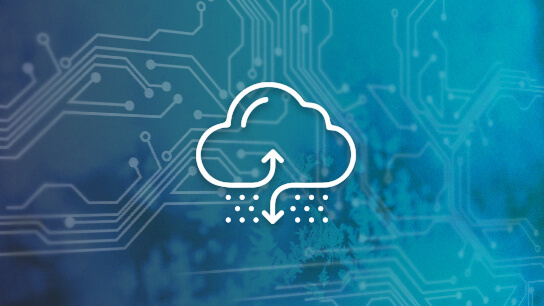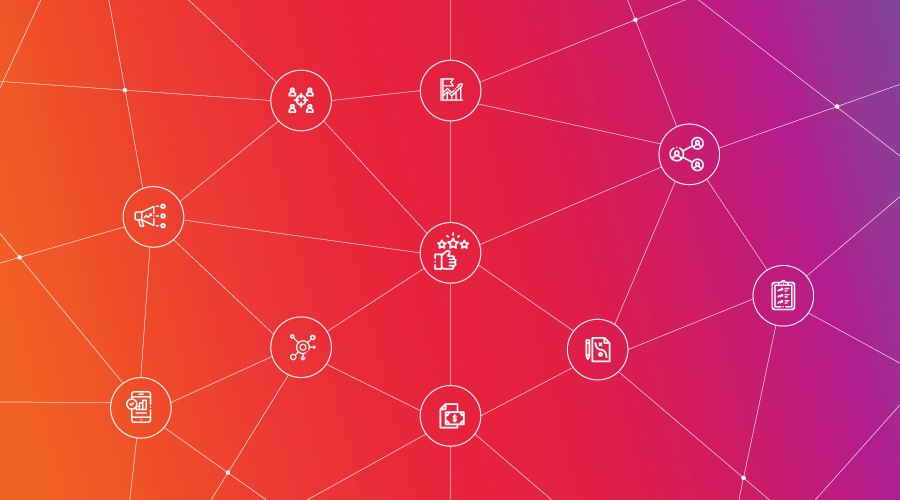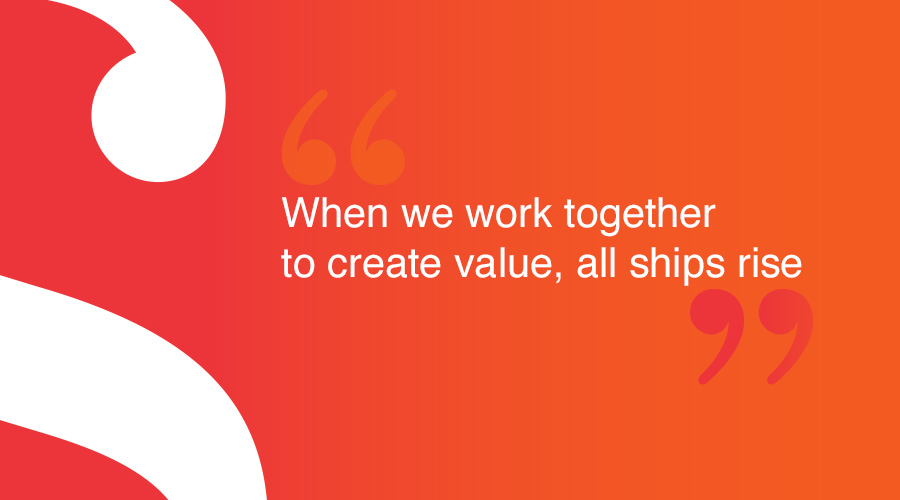If you, like us, happen to be located in the Northern Hemisphere, you’ve probably been talking a lot lately about how cold it is outside. If you’re in the beautiful, frigid Midwest it’s subzero-facing-hurting cold. In fact, a few weeks ago it was above freezing and people were literally losing their minds and shedding layers. It was almost magical, until it returned to a frozen tundra landscape of wintery despair.
What does this have to do with marketing? Glad you asked.
We’ve written quite a few blogs on how to best leverage data. Maybe you’ve read some of them. But whether you are a data analysis wizard or have nightmares at the mere suggestion of data cleansing, you can start leveraging the power of data to reach your customers with the right message by taking advantage of – not just your data – but other people’s data too.
You can strategically target customers using internal or third-pary data through different tactics, such as:
- Online behavior
- Purchase history
- Interests
- Geography
- Demographic criteria
- Socioeconomic criteria
And in this particular case, the National Weather Service’s data.
Why do my customers give a flying snowflake about the weather?
1. A lot of consumer behavior is influenced by weather.
In fact, weather is the second biggest influence on consumer behavior, after the state of the economy! Go figure.
We all know the batch-and-blast era of marketing is dying. Today’s savvy consumers expect more from Brands. They respond better to customized messages that anticipate their needs, including the needs that are driven by the forecast.
Whether your target audience is doing maintenance on their fleet of machines during inclement weather, planning next season’s crops or looking up tropical vacations to escape the annual reminder of the Ice Age that is February—weather impacts the products or services they are going to be using in the coming days.
Because weather can be predicted with some level of certainty, you can serve those customers ads in advance of local weather patterns reminding them to stock up on the products they’ll need for that maintenance, pick up the latest and greatest frost-resistant seeds or hurry and book your super great deal for an all-inclusive getaway to Cozumel.
For many B2B companies, future weather is often a more impactful driver of consumer behavior than current or past, but any of those can be leveraged depending on your consumer’s need. This type of targeting is one of the many ways marketers can meet demand with greater efficiency and accuracy.
2. Weather impacts the way we feel, and our feelings impact the messages we respond to.
We’ve all experienced the joy-inducing glow of a sunny day. Or the dread of a rainy commute. It should come as no surprise that the weather has a primal impact on our psyche. That impact translates to dollars.
The Journal of Retailing and Consumer services found that exposure to sunlight has been proven to increase our willingness to spend money on products and services by up to 56 percent.
So, should you pause your advertising in any given area on a rainy day? Not necessarily.
The great thing about humans is that we’re complex and even the dreariest of rainy days or soul-sucking, sunless winter weeks can have a win if you serve the right message.
While sunshine makes us want to open up our wallets, negative moods driven by bad weather can make us more responsive to negative messaging or fear-based ads. Which is why we as marketers need to be strategic about delivering the right message to the right people in order to provoke reaction.
The next time your leadership asks for justification for your hard-hitting, sarcastic creative—tell them to talk to the Journal of Consumer Psychology.
3. Good or bad weather – like beauty, music and food – is subjective.
In the case of weather, it’s predominantly subjective to region, allowing you to re-use various ad assets across a variety of locals, while still delivering a custom message to your consumers. Most industries, both B2B and B2C, have some level of seasonality and weather-based targeting allows you to better capitalize on that seasonality in real-time.
Because this requires more science than art, you can set it and forget it once you understand the behaviors and weather-driven thresholds for those behaviors. Then measure, optimize and shine.
How do I get started?
1. Identify the biggest opportunities associated with weather for your organization.
You can go about this in a variety of ways. You can analyze the correlation between whether and previous purchase data, conducting market research with your consumers or even test based off a small sample of voice of customer feedback or your experience.
2. Brainstorm and record a list of messages.
Also, take a look at corresponding weather circumstances and the actions you want your audience to take under those conditions.
3. Find the right execution partner.
In order to execute a campaign leveraging this tactic, you’re going to need to create assets and a partner or platform that can make use of weather data to configure the targeting logic.
You can always contact us or work with your marketing team to determine the right weather-based platform for your organization and get to work on singing ‘It’s Raining Leads! Hallelujah, it’s raining leads!’





